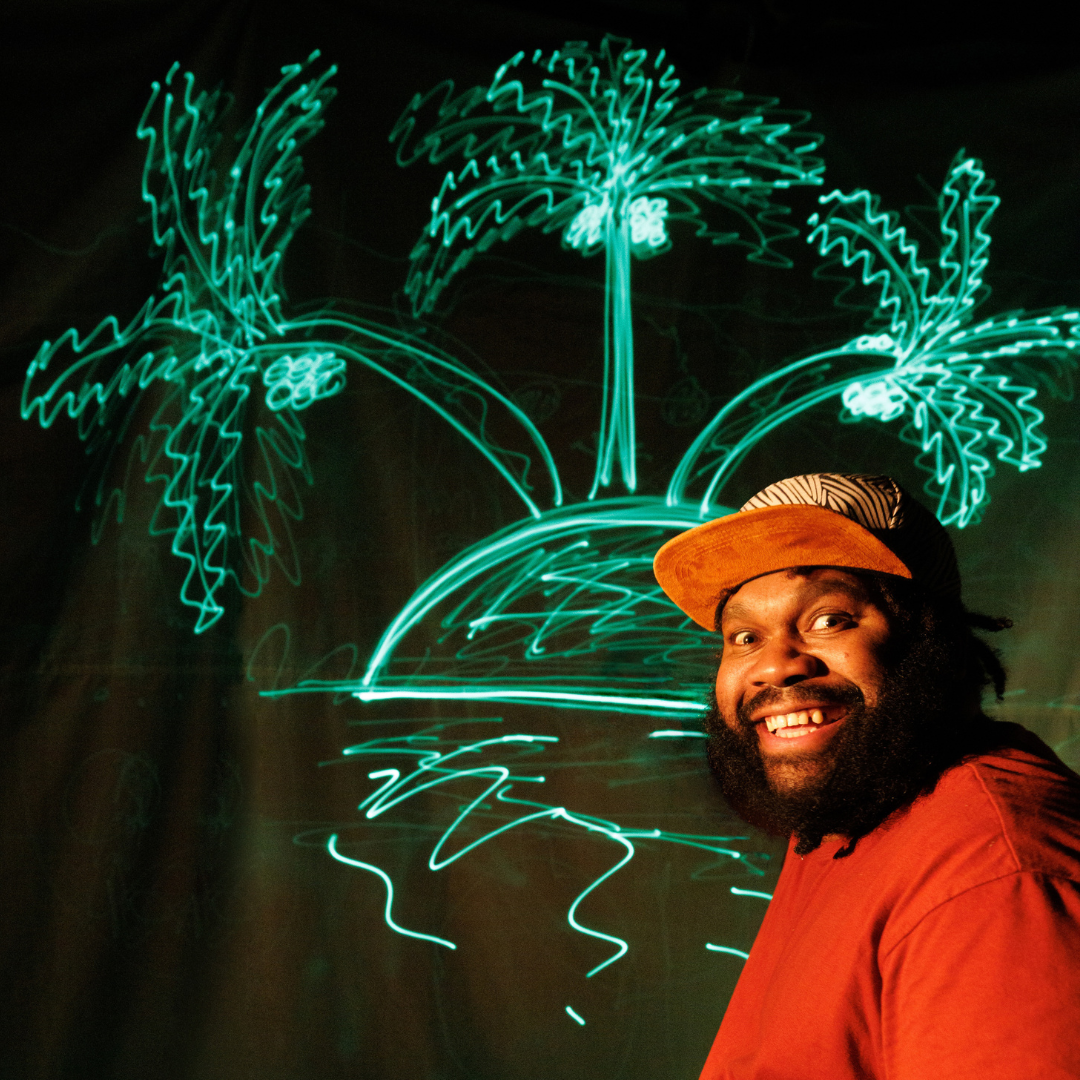Elements of Drama: Mood and Atmosphere

More activities to try

Superluminal with Geoff and Zoë
Learn about the Superluminal from Co-Directors Geoff Cobham and Zoë Barry.
Try It

Snail Finger Puppets
Transform your finger into a crawly creature and explore the world from a new perspective…
Try It

Visual Storytelling
Share the wonder of visual storytelling with children using these imagery-based activities.
Try It
